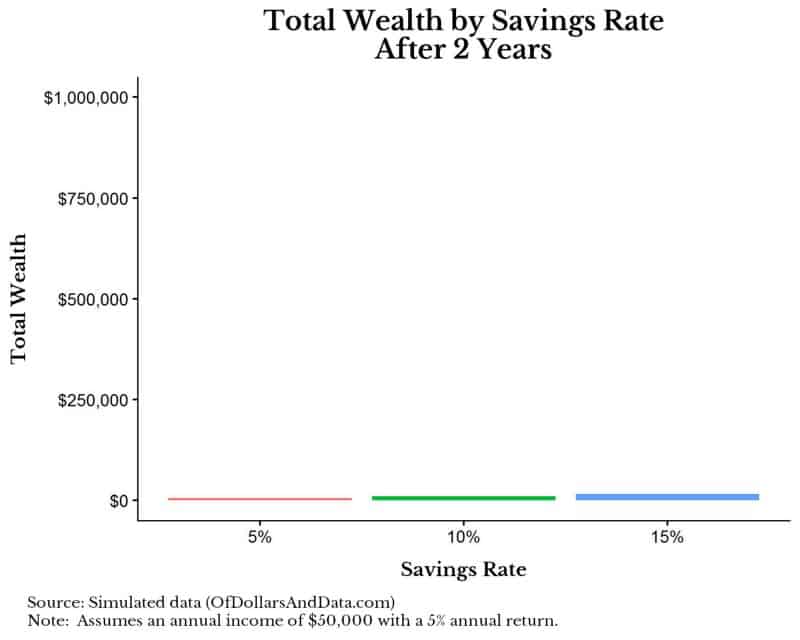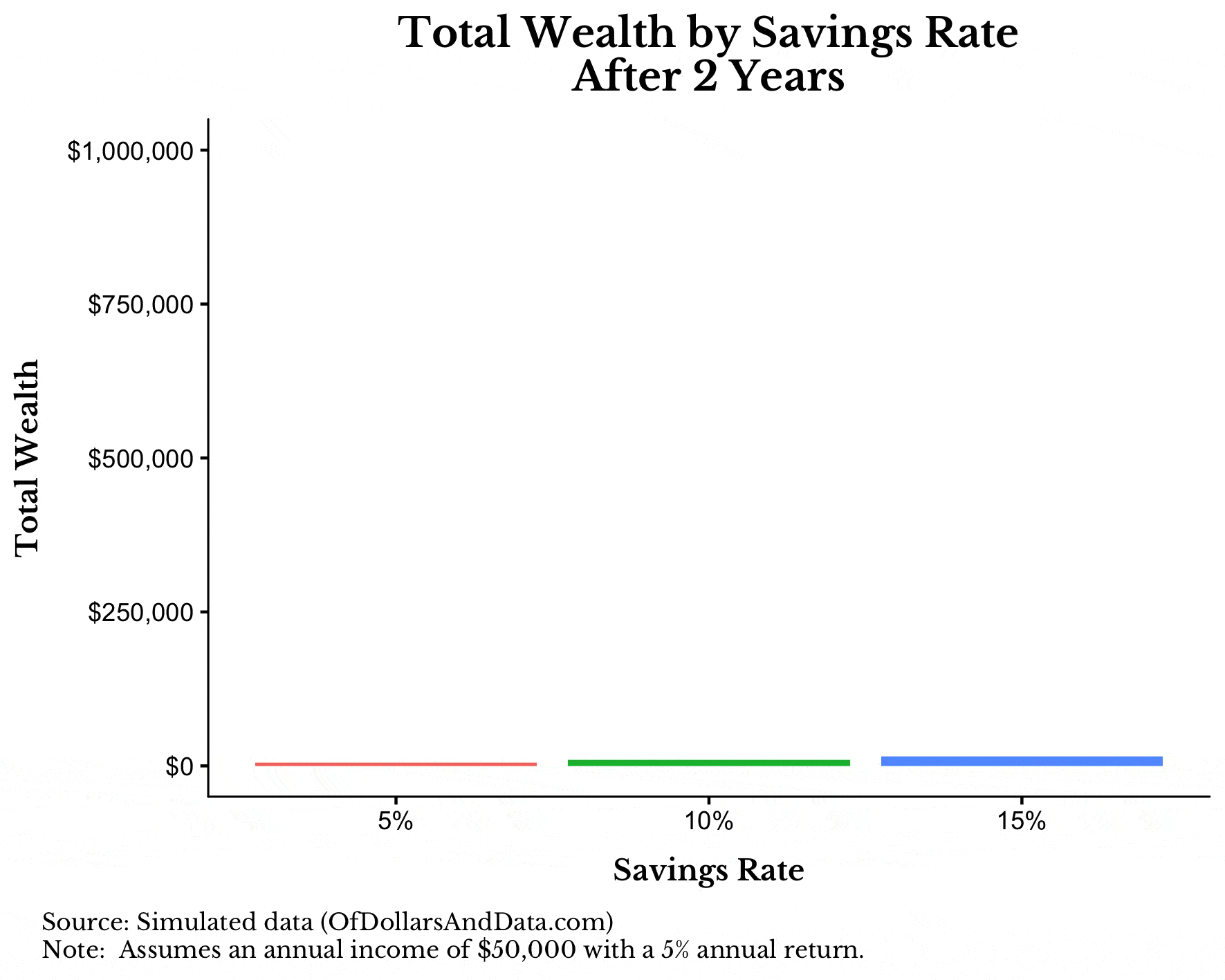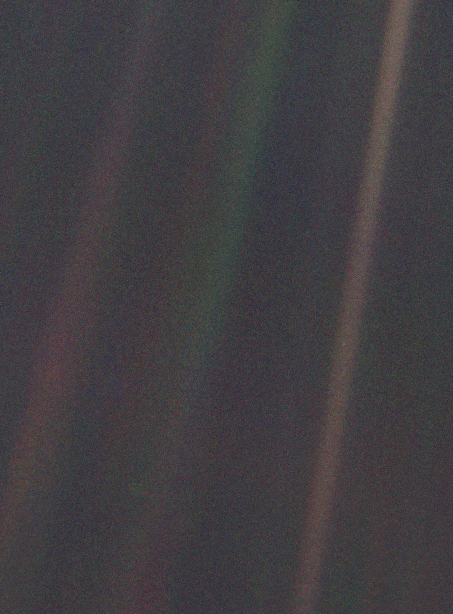Every 175 years something remarkable happens — Jupiter, Saturn, Uranus, and Neptune come into close alignment. An American aerospace engineer by the name of Gary Flandro discovered this while working at NASA’s Jet Propulsion Laboratory in the summer of 1964. More importantly, Flandro realized that the next time this alignment would occur was in the late 1970s, a little more than a decade away.
As a result of his finding, Flandro devised a Grand Planetary Tour that would allow a probe to fly by all 4 gas giants much faster and cheaper than previously estimated. The physics behind the tour required using the planets as slingshots (gravity assists) in order to cut down on energy costs and the time needed to visit them.
The end result was NASA’s Voyager program. After considering 10,000 possible trajectories, NASA decided upon two of them and launched Voyager 2 followed by Voyager 1 in the late summer of 1977.
Two things stand out about the Voyager program:
- Decisions made by NASA scientists 40 years ago have had a profound effect on the mission and its success through today. For example, despite launching after Voyager 2, Voyager 1 is currently the furthest man made object from the Earth at a distance of ~13.1 billion miles or 20 light hours (as of this writing). Every second Voyager 1 moves 10 miles further away from us. Tick. Tick. Ti — Voyager 1 just completed a marathon. The decision to have Voyager 1 start on a faster and shorter trajectory and then let nature run its course made this possible. All it took was some great decision making, the rest was physics.
- Once a successful process is put in place, the end results can be surprising. What started as a mission to check out the gas giants and their respective moons became a study of the edge of our solar system and deep space. Voyager 1 and 2 have continually sent useful data back to NASA and will continue to do so until 2020, when their ability to transmit information will finally fade. The goals achieved by the probes were not necessarily all imagined at the outset.
These two ideas from the Voyager program are highly relevant to investing and your personal finances. Just like NASA had to choose from thousands of trajectories for Voyager 1 and 2, you will need to choose from a seemingly endless supply of investment advice. And the decisions you make today will have compounded effects decades later.
These small decisions are hard to notice in the short run, but impossible to ignore in the long run. The simplest example of this is your savings rate. Imagine increasing your savings rate from 5% to 10% (or 15%) of your income. For the first few years, the benefits of this will be almost non-existent:

I purposefully made the y-axis this large because this visually represents the psychological attention you place on smaller amounts of money. The difference between saving $2,500 and saving $5,000 for a few years won’t change your life in any significant way, so it’s easy to mentally ignore the difference.
However, if we allow this difference to compound year after year, the true impact of this decision emerges:

I know what you might be thinking: “Wow Nick. So you’re telling me saving more money leads to me having more money in the future? That’s so original.” I agree with you. The point of this visual isn’t to convince you to save more. You already know that.
The point is to show you that making the right choices and letting things run their course can lead to incredible results. Whether this means continual buying and holding (i.e. do nothing on most days), staying the course during rough times, or focusing on the right part of your finances, the right choices, when compounded, can help you succeed as an investor.
This idea is even more striking outside of investing where it can be difficult to measure smaller changes and their eventual impact. For example, it’s easy to see how a higher savings rate leads to more money because you can do the math and see how this would compound over time.
However, it is not necessarily easy to see how running for 20 minutes a day is going to help you get fitter. You can’t just run the numbers and imagine what your health/body would look like.
This is what makes consistent actions and the power of compounding so amazing. When I think about creating a new habit in my life, I like to imagine all of the future benefits from that habit discounted back to the moment when the habit is formed. That’s what it’s like.
When you increase your savings rate from 5% to 10%, you don’t get 5% more money at the end, you double the amount of money you have. The first day you form your exercise habit is the day you lose the weight. The first day you form your writing habit is the day you wrote your best work. It all compounds back to the moment when the habit is formed.
This is the constant reminder. The reminder that the little things you do, the actions you perform, the habits you build day in and day out will form your life. Remember, you are a fractal of yourself.
What you do on one day you likely do on most days. You may not notice these actions on a daily basis just like you probably don’t notice yourself getting fitter and you don’t notice Voyager 1 moving away from us at 10 miles a second, every second. However, these effects are still there, compounding away.
The beauty of this is that by forming good habits, you can hit escape velocity from your former self to become an improved you. Just like Voyager 1 left Earth and went into space, that probe is now pushing the limits (literally) of where humans have gone. And by making the right decisions and letting natural processes take over, you can get some surprising results…
An Unexpected Surprise
As Voyager 1 was exiting our Solar System in early 1990, the noteworthy astronomer and author Carl Sagan asked NASA to turn the probe’s camera toward Earth to take a final picture. The resulting image, known as the Pale Blue Dot, is one of the most famous in all of astronomy. It is not easy to see, but if you look down the orange streak on the right side of the image you will notice a small blue blip halfway down. That blip is Earth:

If this image doesn’t make you realize how small we are, I don’t know what will. The edge of the known universe is 13.7 billion light years away from us, yet the furthest we have ventured is 20 light hours with Voyager 1. If each light year we moved toward the edge of the universe earned us $1, we wouldn’t even have a 1/3 of a penny yet of the $13.7 billion available.
But despite our smallness, we have produced incredible things. If this idea interests you, I highly recommend the video below based on Carl Sagan’s book Pale Blue Dot. Until next week, thank you for reading!
If you liked this post, consider signing up for my newsletter.
This is post 45. Any code I have related to this post can be found here with the same numbering: https://github.com/nmaggiulli/of-dollars-and-data

